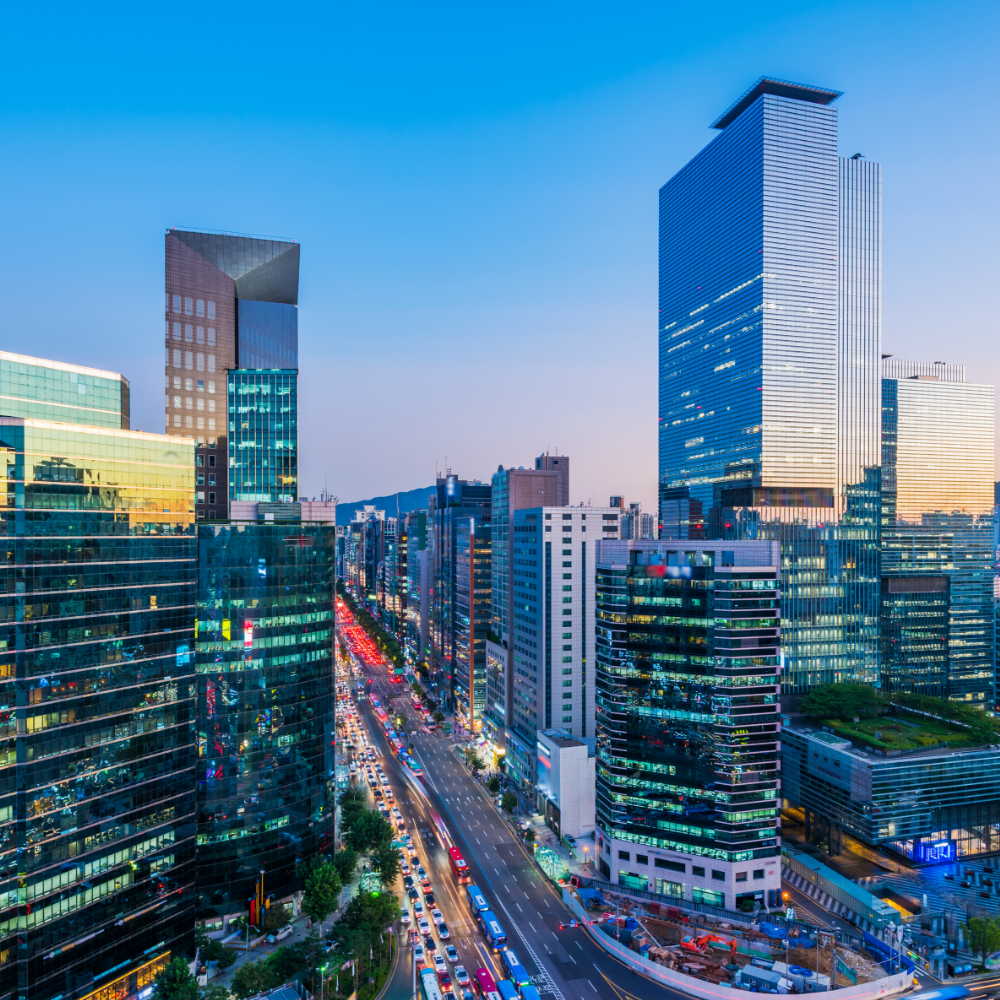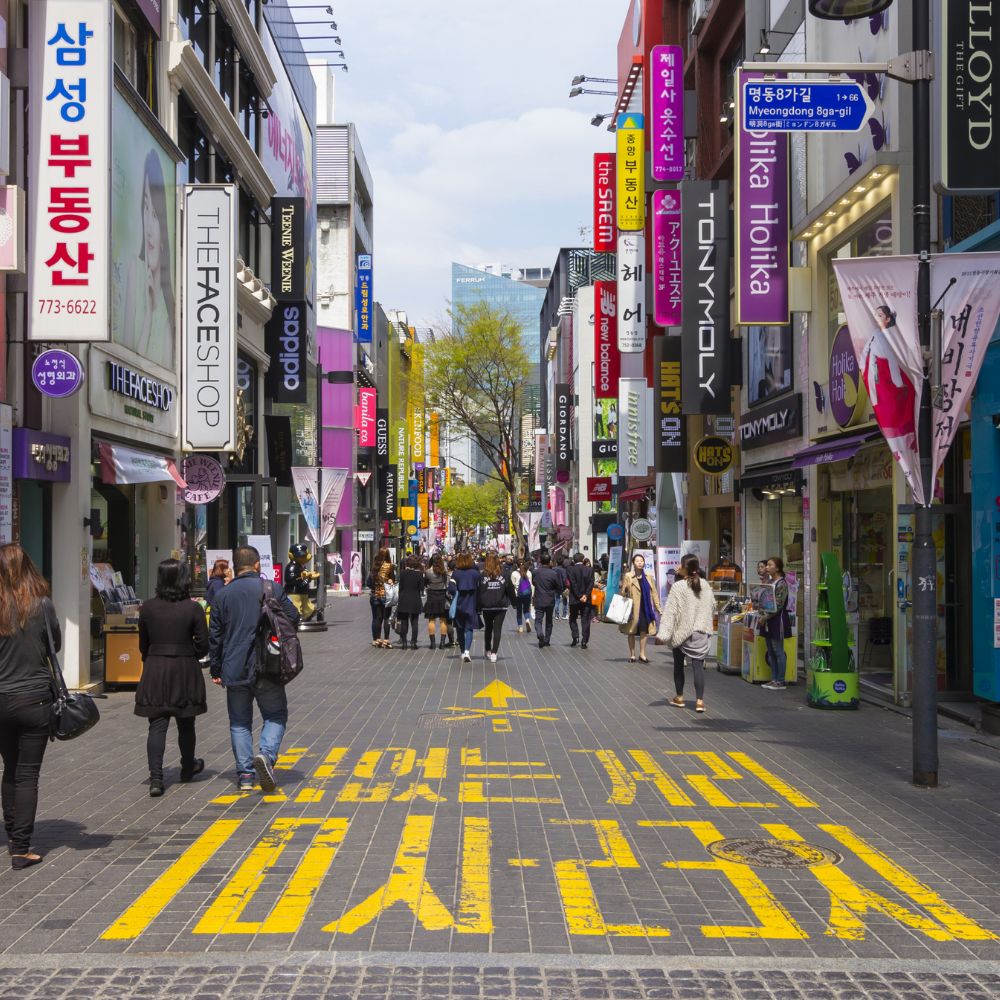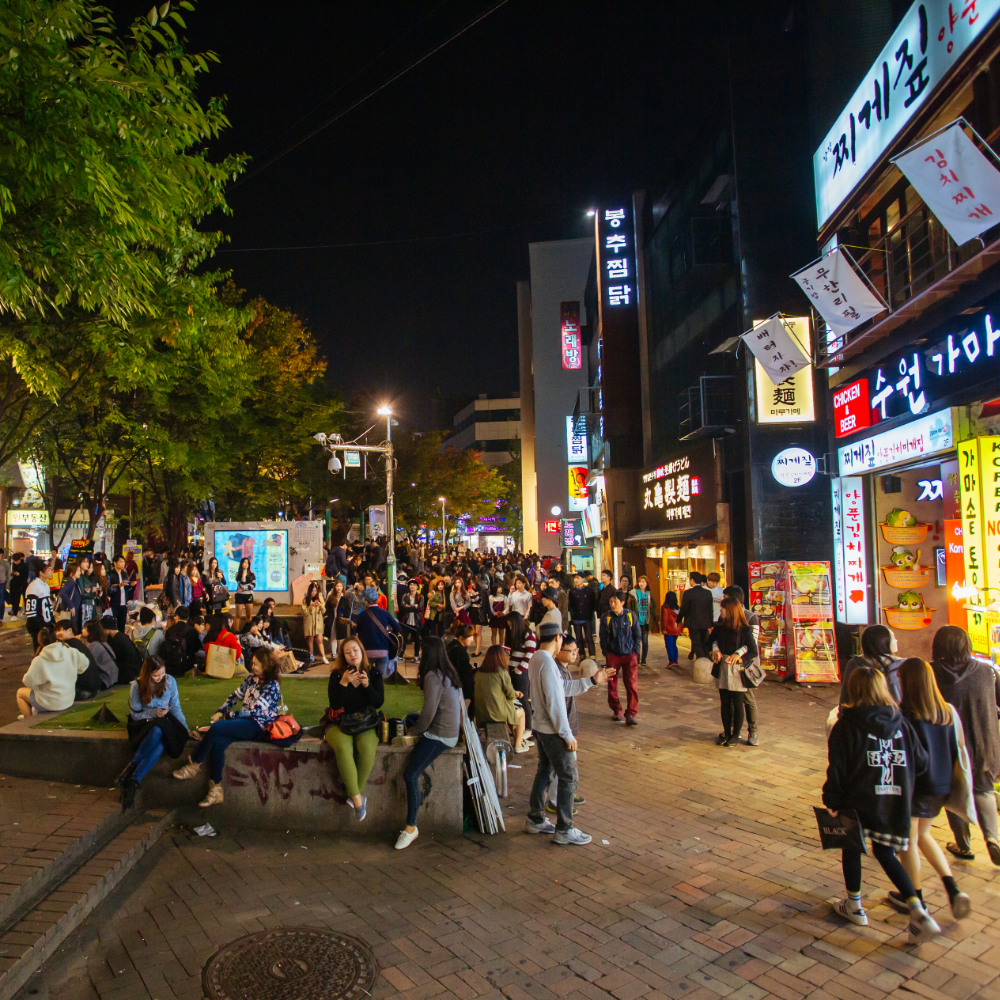Pigmentation Problems: How Top Clinics Around the World Are Treating Dark Spots — Featuring Korean Innovations
Hyperpigmentation is a global skin concern. From lasers in New York to exosomes in Seoul, discover how world-class clinics are tackling dark spots with cutting-edge science and culturally tailored care.

What Causes Pigmentation?
Pigmentation occurs when melanin — the pigment responsible for skin color — is overproduced in certain areas. This can result from sun exposure, acne, hormonal changes (like pregnancy), inflammation, or even genetics. Common types include melasma, post-inflammatory hyperpigmentation (PIH), sun spots, and freckles. Proper diagnosis is essential because each requires a different treatment strategy.

Global Approaches: US, Europe, Southeast Asia
In the US, dermatologists often rely on prescription topicals like hydroquinone, tretinoin, and azelaic acid. Chemical peels and IPL (intense pulsed light) are also popular for sun-related pigmentation. In Europe, the focus leans toward natural formulations and retinoid-based therapies, often avoiding hydroquinone due to regulations.
In Southeast Asia, pigmentation is often treated with herbal blends and light chemical exfoliants due to high humidity and sensitive skin types. Countries like Thailand and Vietnam also increasingly use Q-switched lasers for deeper spots.

Korean Dermatology’s Multilayered Solution
Korean dermatologists approach pigmentation holistically — combining laser precision, regenerative skincare, and strict lifestyle management. Laser toning (like pico and nano-second lasers) targets melanin clusters gently, while skin boosters like Rejuran, exosomes, and tranexamic acid ampoules restore balance and prevent recurrence.
What sets Korean care apart is its customization: patients are often photographed under UV mapping, and treatments are layered over several weeks. Cooling, anti-inflammatory care, and daily SPF usage are seen not as afterthoughts, but as critical parts of the healing process.

What to Expect During Treatment
Pigmentation treatments are rarely one-and-done. Patients typically undergo 3–6 sessions spaced 2–4 weeks apart. Mild redness or dryness is common, and visible results often emerge gradually over 4–8 weeks. Patience and consistency are key.
Dermatologists advise avoiding sun, using broad-spectrum SPF, and minimizing harsh exfoliants during treatment. The best results happen when clinical care is matched with smart daily routines.

Dr. Beau's Note
Pigmentation isn’t just about aesthetics — it’s about skin health and confidence. Whether you’re dealing with melasma or stubborn acne marks, know that there are more options than ever before. And in that growing list, Korea’s approach stands out for its balance of innovation and skin respect.











